If you have an entity, and there is a claim against it, a judge could see it as an abuse if you undercapitalized it or if you’re not really running it as a business. It’s really interesting because, in 2024, there are more sophisticated planning strategies than ever before, but you still see people using incredibly antiquated, out-of-date, and just plain bad strategies that don’t provide any asset protection whatsoever. In fact, these strategies might even open them up to other levels of asset protection scrutiny or make it easier for personal creditors or other creditors to penetrate those assets.
In general, the best idea with asset protection is to structure entities and trusts to protect your assets. We do this by changing the nature of legal ownership from you as an individual to something else—the entity, the trust, or both. We give you control and the benefit of those assets, but you technically do not own them.
What we see a lot is that clients, business owners, and others understand this concept—they need to get assets out of their individual name. But what they often do is put other individuals on the title or give them ownership of their assets. This might involve putting the name of their business or other assets in the name of a spouse, an elderly parent, or maybe even a child. For example, they might put an elderly parent on a joint account or give them joint ownership with the client on some type of asset.
The problem is that they’re not really changing the ownership enough to protect the assets, because, again, an individual is related to it, and maybe even their own name is still on it. Let’s talk about why this is an issue.
A perfect and straightforward example is putting a spouse on an asset. As you can guess, a divorce could happen. If a divorce happens, that asset—even if it was a business asset that the spouse whose name is on it had nothing to do with—could be subject to the marital estate. Depending on the laws where you live, that could be a major issue.
Now, let’s talk about a parent or child whose name you put on accounts with you or who you make a co-owner of a business or other assets. A few things could happen. First, let’s say you have that elderly parent to whom you’ve moved a brokerage account because you want to protect it. But what if that elderly parent needs Medicaid, public benefits, or needs to apply for something? They might be ineligible because they now have this large brokerage account or other assets in their individual name. That’s one issue.
Another issue is what happens if that parent passes away? How is that handled? What is the transition of that asset you put in their name? Does it go back to you? How does it get back to you? That’s another issue.
An even better example focusing on legal risk is this: let’s say that elderly parent is becoming demented—maybe dementia or Alzheimer’s is setting in, but you haven’t really figured out what’s going on with them yet. Maybe they’re still driving, and they run a red light, causing an accident that results in someone’s death. If their name is on any asset, that asset could be subject to their personal creditors. So now, all of a sudden, you’ve put a brokerage account or a business interest in their name, and now their creditors could go after those assets you were trying to protect.
The same thing applies to a child. Maybe they’re 21 or 22, just a young adult living their life, but they’re probably a little more reckless than you would be. If you put their name on an asset, any of their creditors could go after it, and you don’t want that. You’re opening yourself up to a whole new level of potential creditors by putting other people’s names on your asset.
If your whole goal is to get your name off of assets, why would you put them in someone else’s name? That’s not what you want to do. You need to figure out other strategies.
So, what are some good strategies? Malpractice insurance, umbrella insurance, and insurance in general, right? Make sure you have adequate coverage. However, insurance doesn’t always cover everything—a claim could fall outside of that policy, so it’s important to have other strategies in place.
For example, making sure you have the right business entities, like LLCs and asset protection trusts. With an LLC, you want to make sure you’re running it properly. Just because you have an LLC doesn’t mean it’s foolproof—you need to follow all the corporate formalities that an LLC requires. Are you holding annual meetings? Are you updating minutes? Do you have separate books? Are your books clean? Have you properly capitalized that entity? Because if you haven’t, and there is a claim against that entity, a judge could see it as an abuse—they might rule that you undercapitalized it or aren’t really running it as a business, and decide to pierce the corporate veil, going after your personal assets instead.
There are all these different things you need to look at and make sure you do correctly. But at the end of the day, the worst idea you can have is keeping assets in any individual’s name. You want to make sure you’re creating structures where entities other than individuals own these assets, but you still retain beneficial interest, enjoyment of these assets, and control. So, don’t put assets in other people’s names.
